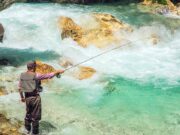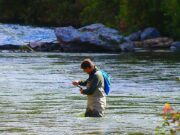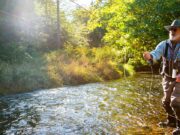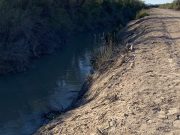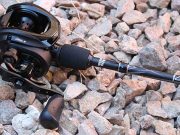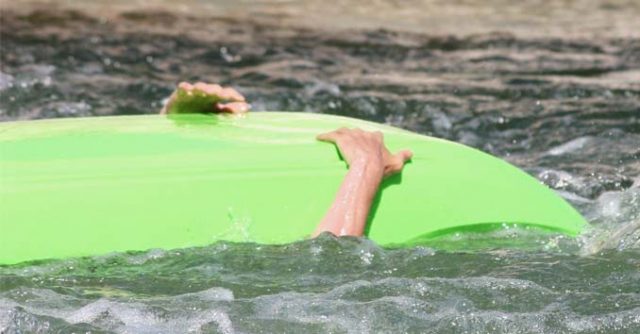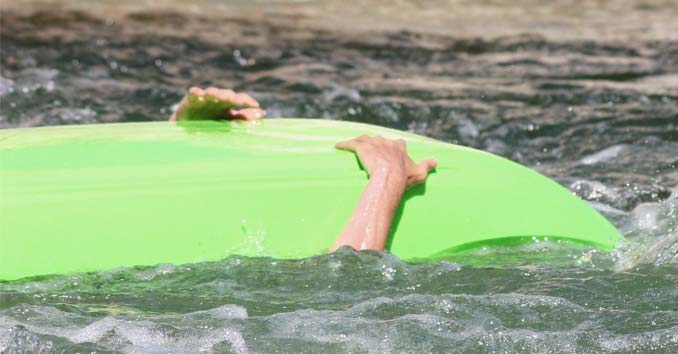
When planning your adventure, the last thing you want to think about is something going wrong; unfortunately, every time you step into the great outdoors you put yourself in a situation where things can go bad rather quickly. That’s why it’s so important to do some pre-trip planning and fill out a detailed trip plan.
When you are planning an outdoor adventure, even a short day hike, preparation is the key to staying safe.
Leave a Detailed Search & Rescue Adventure Plan with a Family Member or Friend
Talk to anyone who does Search and Rescue, and they will tell you that nine times out of ten most outdoor rescues could have been prevented had the person done a little bit of preplanning and preparation for the trip.
One of the best ways to protect yourself and your group is to tell someone where you’re going and when you expect to return home. Should something happen, and you fail to return home at the agreed upon time, that person should immediately call the local search and rescue team to notify them of where you are hiking, boating, etc.
Your Plan Should look something like this:
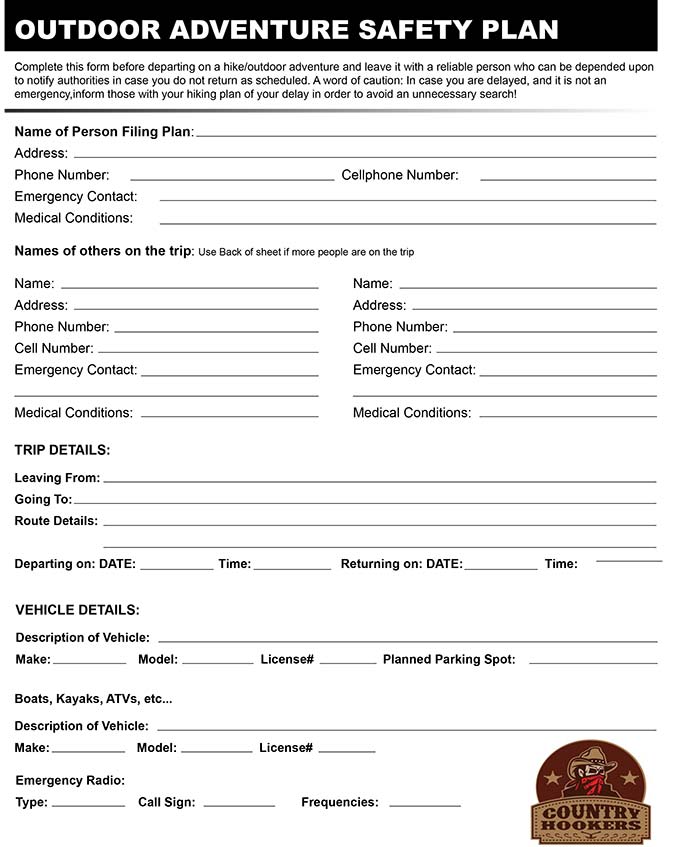
A printable version can be downloaded here…
Leave a Detailed Trail Plan in your Vehicle
On top of leaving this sheet with your emergency contact, it’s also a good idea to leave one inside your vehicle. One of the first places Search and Rescue teams often search is the vehicle you left at the trailhead or parking lot. Often, concerned hikers will report a vehicle that’s been left abandoned for a long period. It’s a good idea to leave an extra copy of your plan in the vehicle so search and rescue teams know exactly where they should be looking and who they are looking for.
Your plan should include:
- Your Departure Date & Time
- Your Expected Return Date & Time
- Your Starting Point
- Your Destination
- Your Intended Travel Route
- Any Alternate Plans that you may have
- Any communications gear you have including phone numbers or frequencies that you use.
- And Any Medical Conditions you have.
Study Your Trail
Before ever stepping foot on the trail, you should have a pretty good idea of what that trail looks like, and what’s physically required to successfully complete the hike. Most trails are rated and can be found by searching numerous online hiking databases.
You should also have a Topo map, and know how to use it. These maps can give you a wealth of knowledge including terrain, difficulties, waterways, vegetation and alternative routes.
Dress for Success
Don’t underestimate the importance of your clothing. Make sure you select clothing that is based on your environment and the weather you expect to encounter.
In a survival situation the clothes on your back, combined with what’s in your bag, will be your primary source of shelter and protection. Clothing is your first line of defense against the elements and is something that should never be overlooked.
If you become lost, stay calm and stay put
If you become lost: Stop, Relax and Analyze your situation. If you believe you can make your way back to an identifiable location, then do so. However, ift you cannot find your way back to the right trail, immediately stop hiking to prevent wandering further away on an unknown path.
If you have a radio or a cell phone, now is the time to try to call search and rescue. If you can’t get a hold of anyone, staying put and relying on your original rescue plan is probably going to be your best option.
95% of all survival rescues take place in the first 72 hours of any survival situation. If you’re Lost, Staying Put and Staying Calm will maximize your chances of survival. The best thing you can do is remember that rescue is probably on the way, and then make yourself as visible as possible to the search and rescue teams.
Cell Phones: Unless you’re going far into the backcountry, a cell phone is still an extremely useful tool for signaling for help. Over 75% of all Search and Rescue calls involve someone using a cell phone to call for rescue. If you regularly venture into areas where your normal cell phone is out of range, you should consider purchasing a satellite phone. When your fancy iPhone is out of range, something like the SPOT Global Phone will allow you to make calls in even the most remote parts of the world.
Ham Radio: In most areas of the country, I can usually hit some sort of repeater with my 2-meter Radio. If you frequently hike out in the backcountry, you may want to consider becoming a licensed ham radio operator.
Personal Locator Beacons: If you frequently venture out into the backcountry, you should consider purchasing a Personal Location Beacon or a SPOT device
that can be activated in an emergency. These devices will relay your position to a worldwide network of search and rescue satellites that will immediately notify search and rescue teams that you are in danger and where you are located.
You should also consider carrying the following signaling devices:
- Flashlights
- Reflective materials (an emergency blanket is a great dual purpose signaling device)
- A small signaling mirror
- An Emergency Whistle, which can be used to alert nearby search teams to your location.

 <
<


